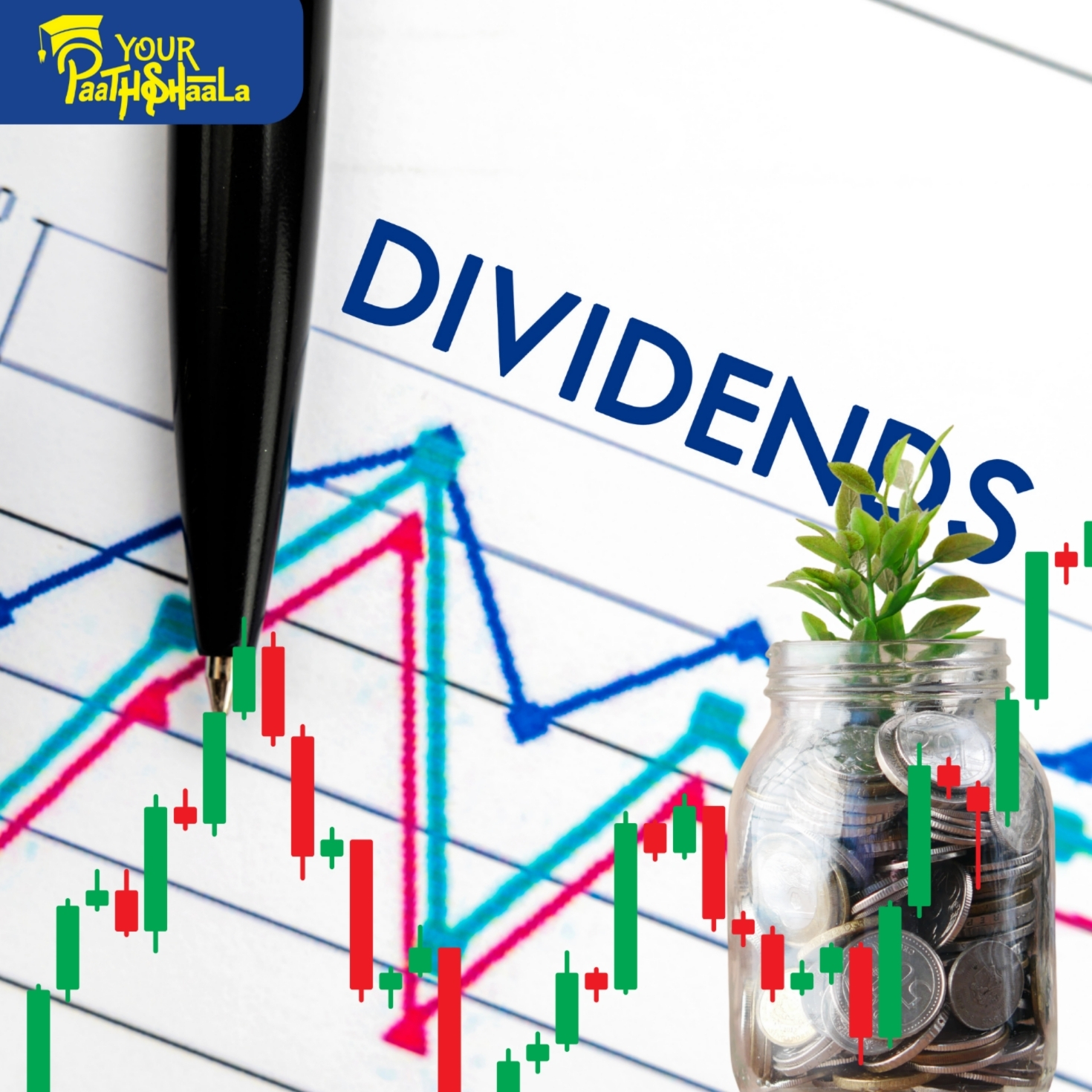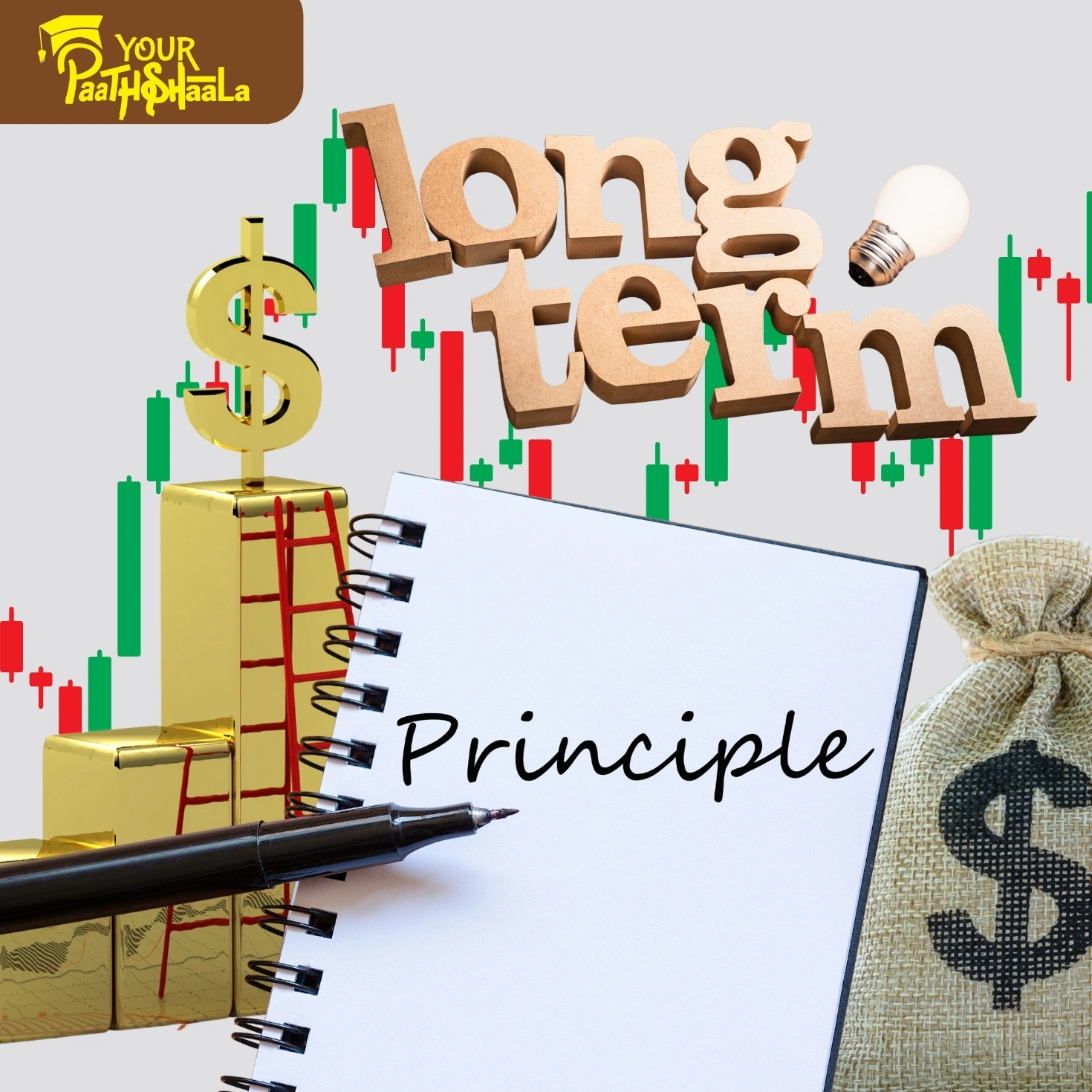What is Bollinger Bands in the Stock Market? The Ultimate Guide for Traders and Investors
If you’ve ever looked at a stock chart and wondered about those three wavy lines hugging the price action, you’ve probably encountered Bollinger Bands. This technical indicator is one of the most popular tools used by traders and investors to analyze market volatility, spot trends, and identify potential buy or sell signals. In this comprehensive, SEO-friendly guide, you’ll learn everything you need to know about Bollinger Bands: what they are, how they work, why they matter, and how to use them for smarter trading decisions.
What Are Bollinger Bands?
This are a technical analysis tool developed by John Bollinger in the 1980s. They consist of three lines plotted on a price chart:
Middle Band: A simple moving average (SMA) of the price, typically set to 20 periods.
Upper Band: Plotted two standard deviations above the middle band.
Lower Band: Plotted two standard deviations below the middle band.
The upper and lower bands expand and contract based on market volatility, creating a dynamic envelope around price action1567.
How Are Bollinger Bands Calculated?
Understanding the calculation helps you see why this is so effective at measuring volatility:
- Calculate the Simple Moving Average (SMA):
Usually a 20-day SMA of closing prices. - Calculate the Standard Deviation:
Measure how much prices deviate from the SMA over the same period. - Plot the Bands:
Upper Band: SMA + (2 × standard deviation)
Lower Band: SMA − (2 × standard deviation)
These settings can be customized. For example, short-term traders might use a 10-day SMA and 1.5 standard deviations, while long-term investors might prefer a 50-day SMA and 2.5 standard deviations157.
What Do Bollinger Bands Show?
This are all about volatility:
Wider Bands: Indicate higher volatility-prices are moving more dramatically.
Narrower Bands: Indicate lower volatility-prices are stable or consolidating.
The price tends to stay within the bands about 90% of the time. When it approaches or touches the bands, it can signal overbought or oversold conditions, but it’s important to use other indicators for confirmation1456.
How to Read Bollinger Bands
Let’s break down what you see on a chart:
Price Touches Upper Band:
The stock may be overbought or experiencing strong upward momentum. It’s not always a sell signal-during strong trends, prices can “ride the band” for a while45.Price Touches Lower Band:
The stock may be oversold or under downward pressure. Again, it’s not always a buy signal-prices can keep falling in a strong downtrend45.Price Moves Between Bands:
In ranging markets, prices often bounce from one band to the other, a phenomenon known as the “Bollinger Bounce.” Traders use this to set profit targets or stop-losses5.Band Width Changes:
Key Bollinger Bands Trading Strategies
1. The Bollinger Bands Squeeze
One of the most popular strategies is the “Bollinger Bands Squeeze.” When the bands come very close together, it signals a period of low volatility. Historically, low volatility is followed by high volatility-so a squeeze often precedes a significant price move1345.
How to Trade It:
Wait for the bands to contract tightly.
Watch for the price to break above the upper band or below the lower band.
Enter a trade in the direction of the breakout.
Set stop-losses just inside the opposite band.
Tip: The squeeze doesn’t predict direction, only that a big move is likely. Use additional indicators or price action for confirmation.
2. Bollinger Bands Breakout
A breakout occurs when the price closes outside the upper or lower band. This can signal the start of a new trend or a continuation of an existing one235.
Bullish Breakout:
If the price closes above the upper band, it may signal strong buying interest.Bearish Breakout:
If the price closes below the lower band, it may signal strong selling pressure.
Warning: Not all breakouts lead to sustained moves. False breakouts are common, so always use other indicators for confirmation.
3. Mean Reversion (Bollinger Bounce)
Prices tend to revert to the mean (the middle band) after touching the upper or lower band, especially in sideways markets25.
Buy Signal:
If the price touches or falls below the lower band and starts to move back up toward the middle band.Sell Signal:
If the price touches or exceeds the upper band and starts to move back down toward the middle band.
This strategy works best in non-trending, range-bound markets.
4. Riding the Bands
During strong trends, prices may “walk the bands”-moving along the upper band in an uptrend or the lower band in a downtrend. This is a sign of strong momentum, not a reversal4.
How to Use It:
Stay in your trade as long as the price rides the band.
Consider exiting only when the price closes back inside the bands or shows divergence with a momentum indicator.
How to Combine Bollinger Bands with Other Indicators
This are the most powerful when used with other technical tools:
Relative Strength Index (RSI):
If the price hits the upper band and RSI is above 70 (overbought), a reversal may be likely. If the price hits the lower band and RSI is below 30 (oversold), a bounce may be coming4.Volume:
A breakout with high volume is more likely to be real. Low volume breakouts are more likely to fail.Candlestick Patterns:
Look for reversal patterns (like doji or engulfing) at the bands for added confirmation.
Pros and Cons of Bollinger Bands
Pros:
Easy to interpret visually.
Useful for identifying overbought/oversold levels, breakouts, and trend strength.
Works across all timeframes and asset classes.
Cons:
Not a standalone indicator-should be used with other tools for confirmation145.
Can give false signals during strong trends or highly volatile markets.
Doesn’t predict direction during squeezes-only that a move is likely.
Real-World Examples
Example 1: Bollinger Bands Squeeze and Breakout
A stock trades sideways for several days. The bands contract tightly, signaling a squeeze. Suddenly, the price breaks above the upper band with increasing volume. This breakout is a bullish signal, and the stock rallies sharply.
Example 2: Mean Reversion Trade
A stock falls sharply and touches the lower band. The next day, a bullish candlestick forms and the price starts moving back toward the middle band. This signals a potential bounce, and traders may enter a long position, targeting the middle or upper band as an exit.
Example 3: Riding the Bands
During a strong uptrend, the price repeatedly touches or hugs the upper band. Rather than selling at the first touch, traders stay in the trade, using the lower band or a trailing stop as an exit signal.
Frequently Asked Questions About Bollinger Bands
Q: What are the best settings for Bollinger Bands?
A: The default is a 20-period SMA with bands set two standard deviations away. You can adjust the period and deviation to suit your trading style or the asset’s volatility157.
Q: Can Bollinger Bands predict price direction?
A: No. Bollinger Bands highlight volatility and potential overbought/oversold conditions but do not predict direction. Use them with other indicators for better accuracy145.
Q: Are Bollinger Bands good for day trading?
A: Yes! They work on any timeframe, from 1-minute charts to monthly charts, making them versatile for day traders, swing traders, and long-term investors145.
Q: Can I use Bollinger Bands for all assets?
A: Absolutely. They’re effective for stocks, forex, commodities, and cryptocurrencies145.
How to Set Up Bollinger Bands on a Chart
Most trading platforms include Bollinger Bands as a standard indicator. Here’s how to set them up:
- Open your preferred charting software.
- Select Bollinger Bands from the list of indicators.
- Choose your settings (default: 20-period SMA, 2 standard deviations).
- Apply to your chart and start analyzing!
Tips for Using Bollinger Bands Effectively
Always confirm signals with other indicators or price action.
Don’t assume every touch of the bands means a reversal-strong trends can “walk the bands.”
Watch for squeezes-they often precede big moves.
Use the middle band as a dynamic support/resistance level.
Adjust settings for your trading style and the asset’s volatility.
Practice on historical charts to build confidence in your strategy.
The History and Evolution of Bollinger Bands
This Bands were created by John Bollinger in the early 1980s to provide a more adaptive way to measure volatility and identify trading opportunities57. Unlike fixed-width envelopes, Bollinger Bands automatically adjust to changing market conditions, making them one of the most flexible and enduring tools in technical analysis.
Over the decades, Bollinger Bands have become a staple for traders worldwide and are included in virtually every charting platform. Their ability to reflect both trend and volatility in a single indicator is what makes them so powerful.
Key Takeaways
Bollinger Bands consist of a moving average and two bands set by standard deviation, adapting to market volatility.
They help traders spot overbought/oversold conditions, trend strength, and potential breakouts or reversals.
The “squeeze” signals low volatility and often precedes major price moves.
Bollinger Bands are best used with other indicators for confirmation.
They work across all timeframes and asset classes, making them a versatile tool for any trader or investor.
Conclusion
Bollinger Bands are a visually intuitive, highly adaptable tool for understanding market volatility and price action. Whether you’re a beginner or an experienced trader, learning to read and use Bollinger Bands can help you spot trends, time your trades, and manage risk more effectively.
Remember, no indicator is perfect on its own. Combine Bollinger Bands with other technical tools, practice on real charts, and you’ll gain the confidence and skill to make better trading decisions in any market environment.
Ready to take your trading to the next level? Start incorporating Bollinger Bands into your analysis today and experience the difference that volatility-based trading can make!
Optimize your trading strategy with Bollinger Bands and unlock new opportunities in the stock market, forex, and beyond!







